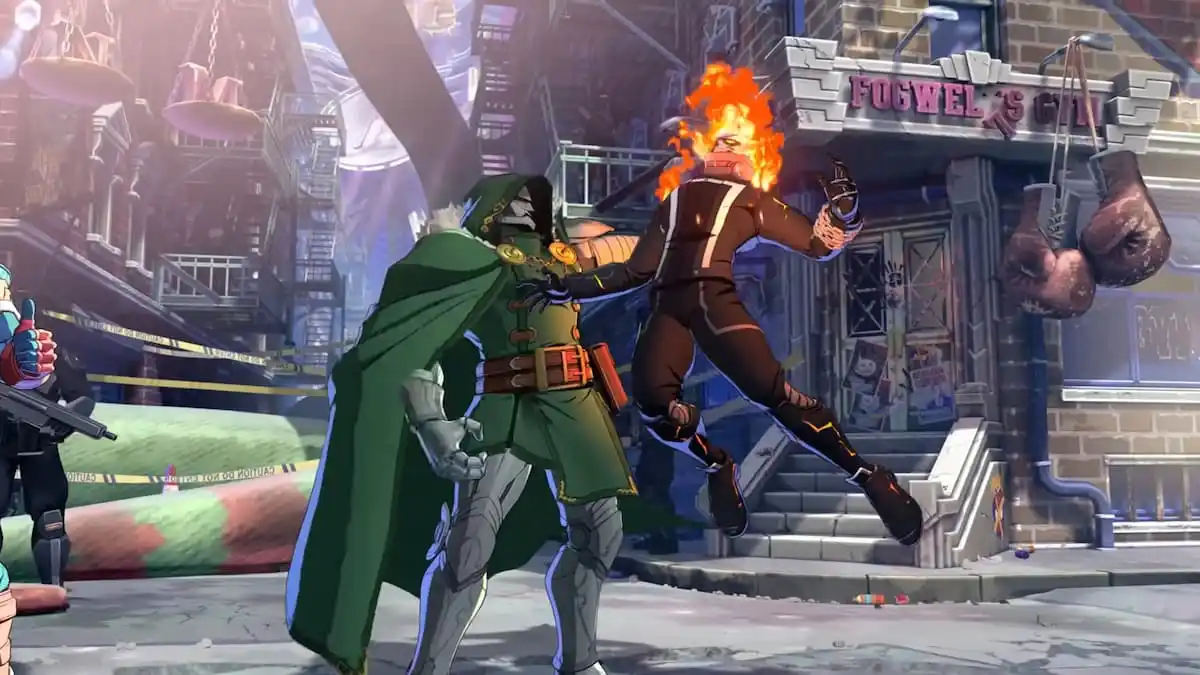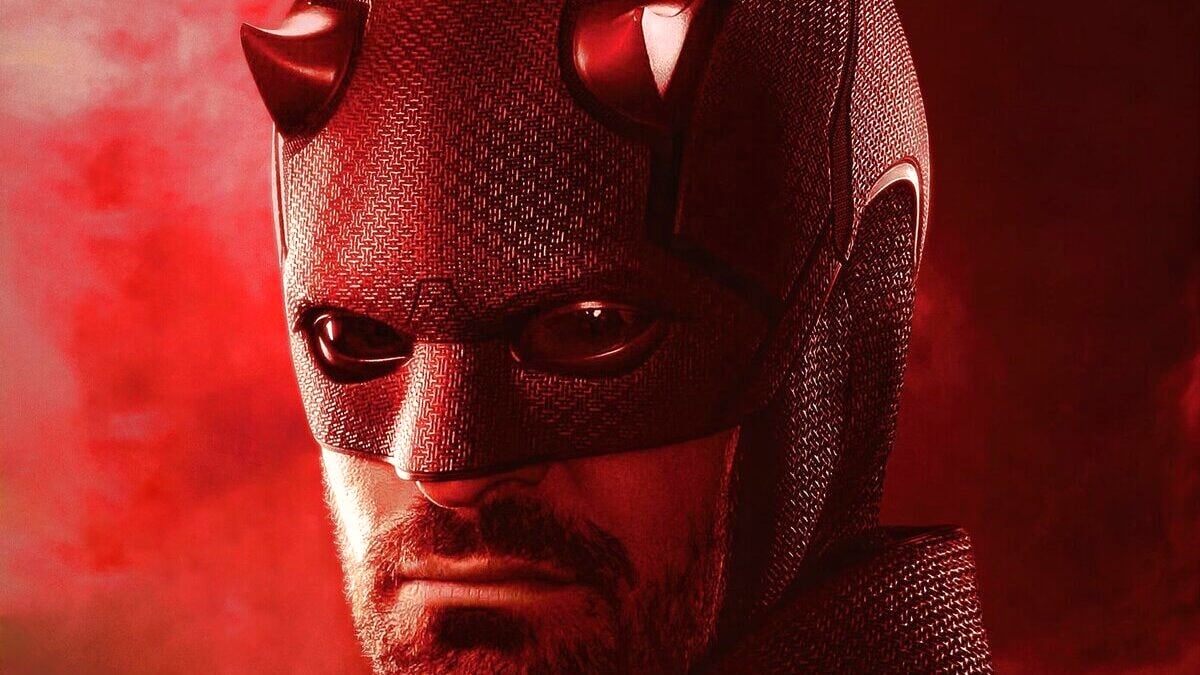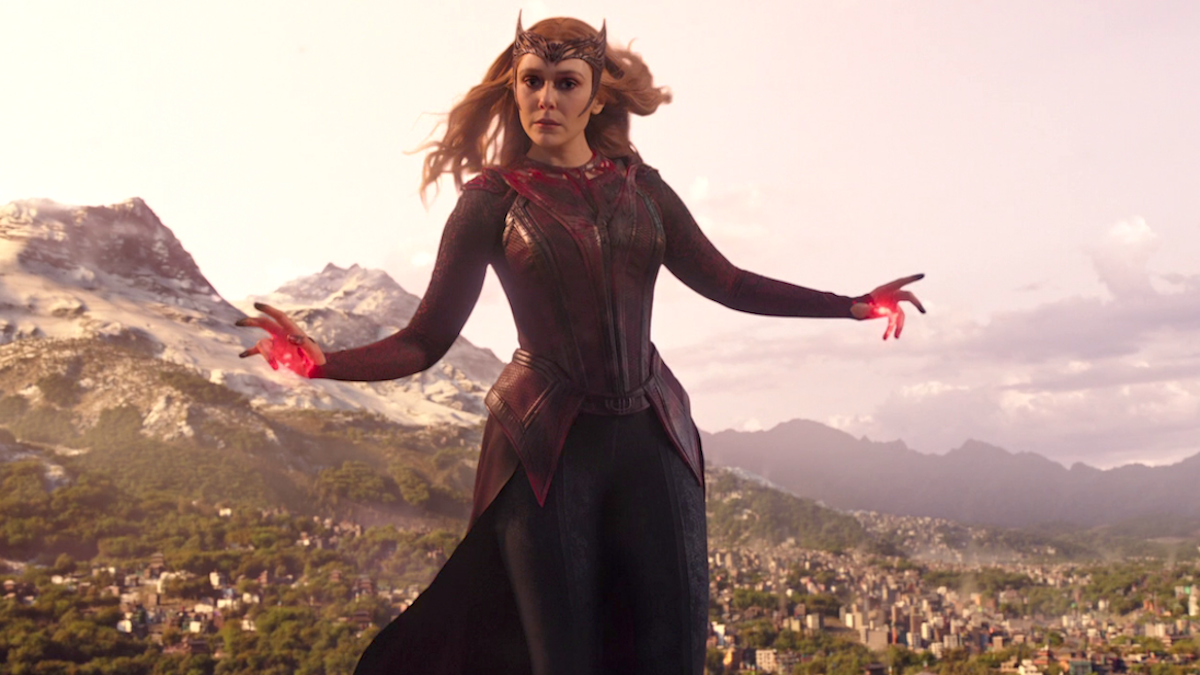What Went Wrong?

The heart of the problem was clearly at an editorial level, with a lack of planning. It seems pretty cobvious that, back when this arc started in the aftermath of Secret Wars, Marvel simply hadn’t decided what it was that Cyclops had done in the first place. It was genocidal, monstrous, truly evil; beyond that, it simply hadn’t been planned out. As a result, writers like Dennis Hopeless incorporated this into their stories, building up the story of Cyclops’s evil.
But when it came to telling the story, Charles Soule and Jeff Lemire faced a very real issue. They had to both make Cyclops’s actions unacceptable – and in-character. They had to sell this story as something that Cyclops, a man who had railed against extinction time and again, would actually do. And they couldn’t achieve it, precisely because Scott Summers is no Adolf Hitler; nor is Emma Frost, even if she was the actual architect who destroyed half the Terrigen Mist.

This is the fundamental problem with using an eight-month time-jump; if you haven’t planned it out well enough, then sooner or later your story falls apart. This was the most visible example of poor planning, but it wasn’t even the only one; the mysterious Terrigen-inspired M-Pox plague was badly thought out, too. Different writers and artists portrayed it in countless different ways, and ultimately Charles Soule hand-waved this poor continuity aside by having Beast state that Terrigen affects every mutant in a different way. It was a subtle retcon, and it was done purely to wriggle out of a continuity bind Marvel had got itself into.
The sad truth is that the last year’s worth of stories haven’t been good for the X-Men. A fundamental lack of planning has undermined most arcs from 2016; events that were set up to be massive have fallen flat. Meanwhile, an overall lack of logic – a desire to force through a narrative without thinking it through – has left fans bewildered, wondering how a genius like Hank McCoy couldn’t see an obvious solution. I don’t hold this against the writers; it’s pretty clear they’ve done the best they can to deal with a bad job. Instead, the responsibility for this lies with Marvel’s X-editors, who in my view really dropped the ball.
Thankfully, this arc is nearly over. We’re about to enter a new age – the “ResurrXion” era, which promises to abandon extinction arcs altogether. Personally, I think that’s a good move.










Published: Feb 4, 2017 11:45 am